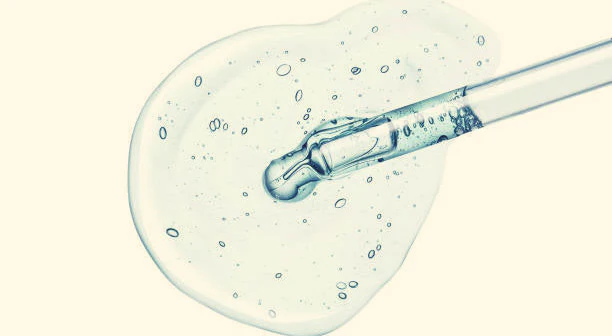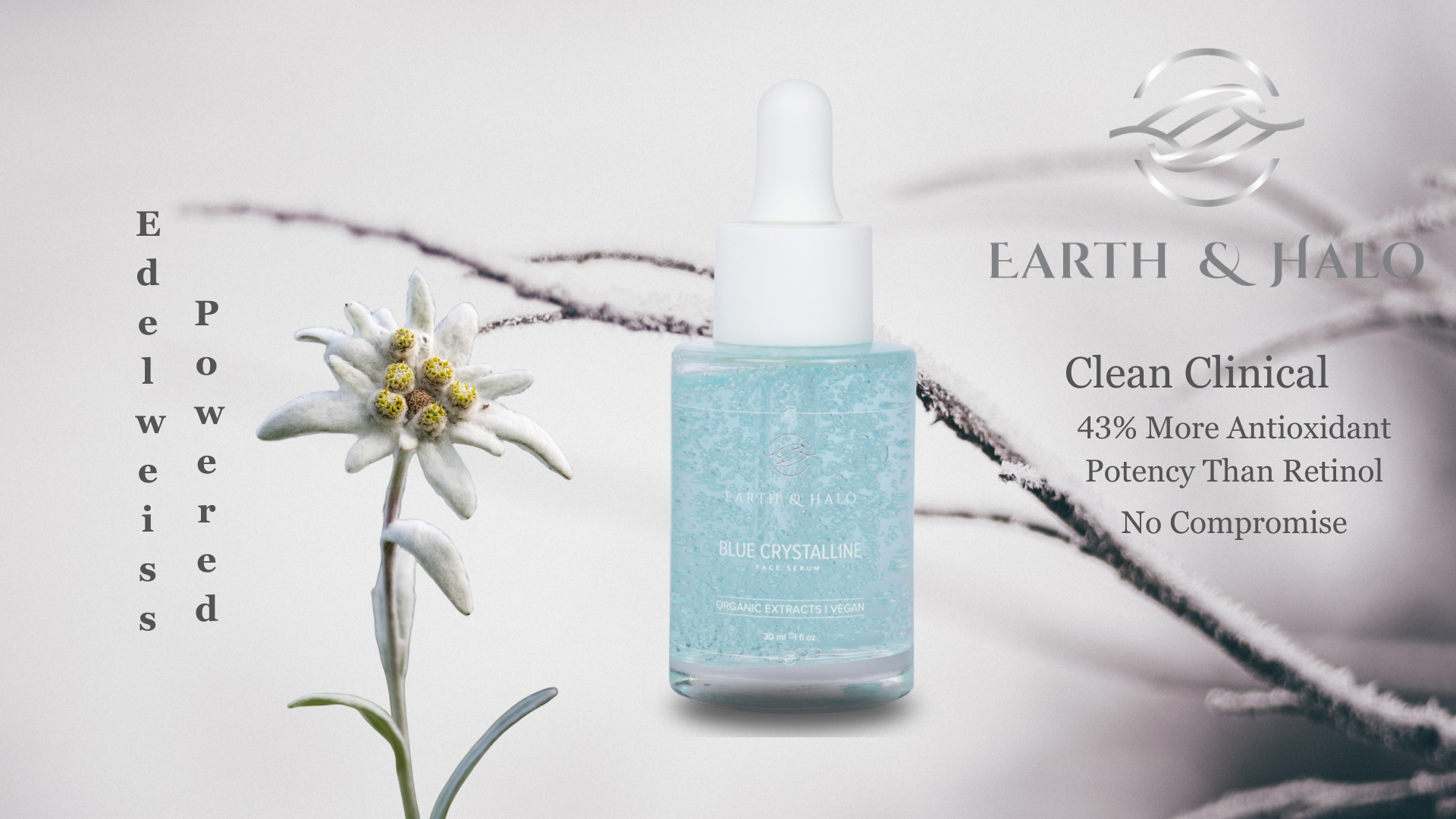
Sodium Hyaluronate vs. Hyaluronic Acid: What Sets Them Apart?
Sodium hyaluronate and hyaluronic acid - these two skincare superheroes are often spoken of in the same breath, and for good reason. But what distinguishes one from the other? Let's clear up the confusion and focus on the spotlight ingredient, sodium hyaluronate.
The Basics: Hyaluronic Acid
Hyaluronic acid, also known as hyaluronan, is a natural substance found in our joints, eyes, and skin. It's renowned for its remarkable ability to retain moisture, making it a coveted ingredient in skincare. This clear, gel-like molecule holds up to 1000 times its weight in water, ensuring our skin remains hydrated and supple.
Enter Sodium Hyaluronate
Sodium hyaluronate is the salt form of hyaluronic acid. This derivative is synthesized to create a smaller molecular structure, which is more stable and resistant to oxidation. The smaller size and water solubility of sodium hyaluronate allow it to penetrate deeper into the skin, delivering intense hydration beyond the surface. It's celebrated for its graceful-aging and moisturizing prowess, firming skin, smoothing fine lines, and quenching thirsty skin. You'll find sodium hyaluronate in various products, from serums to moisturizers, and it's even used as an FDA-approved dermal filler by licensed professionals to reduce fine lines and wrinkles.
The Core Difference: Molecular Size
The primary divergence between hyaluronic acid and sodium hyaluronate boils down to their molecular size. Sodium hyaluronate's smaller structure enables better skin penetration, yet both offer identical benefits.
Exploring the Benefits
Now, let's delve into the incredible benefits these ingredients bring to your skincare routine:
- Hydration: Sodium hyaluronate is a moisture magnet, attracting and retaining water in the skin. It banishes dryness without clogging pores, making it suitable for all skin types, including oily and acne-prone.
- Enhanced Ingredient Efficiency: Its ability to penetrate the skin amplifies the effects of other active ingredients in skincare products, ensuring they reach deeper layers of the skin for improved results.
- Tissue Repair: Topical treatments containing sodium hyaluronate aid in wound healing and tissue repair. They're beneficial for post-surgery incisions, skin grafts, and ulcers.
- Eye Moisture: Hyaluronic acid-based eye drops combat dry eyes by boosting tear production and stabilizing the cornea's surface.
Plump and Elastic Skin: Topical sodium hyaluronate can reduce fine lines, plumping the skin and enhancing elasticity by attracting moisture.
When using topical sodium hyaluronate, side effects are rare, but if irritation occurs, discontinue use. Dermal fillers, on the other hand, may lead to temporary side effects like swelling, bruising, or lumps at the injection site, which usually resolve within a week. It's essential to consult a trained and licensed professional for these procedures to minimize potential risks.
According to the Environmental Working Group, topical sodium hyaluronate is safe, posing no cancer, reproductive, or developmental risks during pregnancy. Dermal fillers, while generally safe, come with minor risks like asymmetry or infection.
In conclusion, sodium hyaluronate and hyaluronic acid may be kin in essence, but sodium hyaluronate's smaller structure makes it a potent penetrator. Both offer unbeatable hydration and skin-reviving benefits, ensuring your skincare regimen keeps you looking radiant and refreshed.




Leave a comment
This site is protected by hCaptcha and the hCaptcha Privacy Policy and Terms of Service apply.